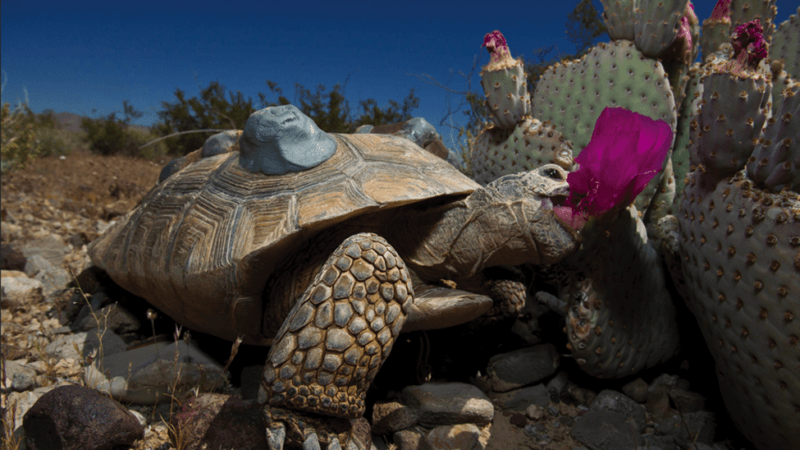The Mojave desert is home to an amazing variety of plants and animals, many found nowhere else on earth. Perhaps surprisingly, a large and growing number of them are threatened, with declining populations, reduced genetic variation, and limited prospects for survival. The desert is also the site for dozens of existing and proposed green energy installations that could provide solar and wind energy for the enormous human population of Southern California. Both endangered species and green energy are important, and they clash with each other in parts of the Mojave.
With funding from the state of California and the US Fish and Wildlife Service, the La Kretz Center is developing a radical new genomic toolkit to learn more about how desert tortoises use their habitat—where they go, how they traverse the complex soils, vegetation types and topography of the desert, and how tortoises and their genes flow across the desert. By using a genomic approach, we can study literally thousands of genes scattered across the tortoise’s genome to learn, in great detail, how they move and what corridors they prefer in key areas of the desert. Our goal is then to predict, using landscape genetic models, the impact of alternative placements of solar installations on habitat connectivity from a tortoise perspective. Some placements may isolate and fragment the habitat much more than others, and our landscape genomic work should provide quantitative estimates of those effects, projected forward over the next 50 years or more.
Related Publications


